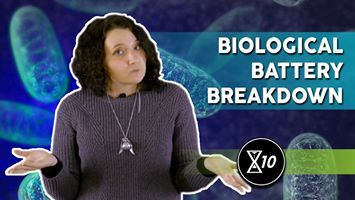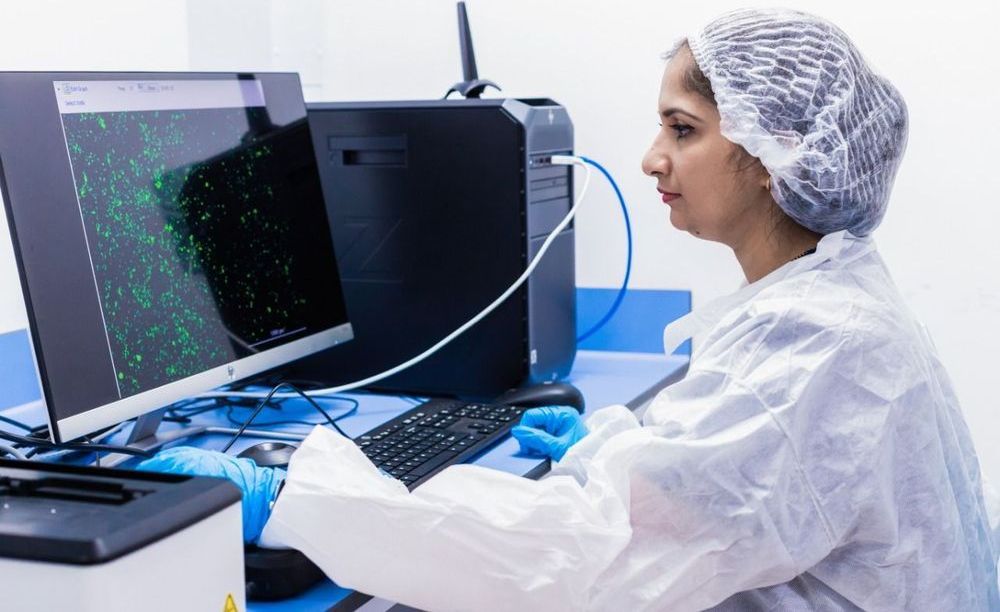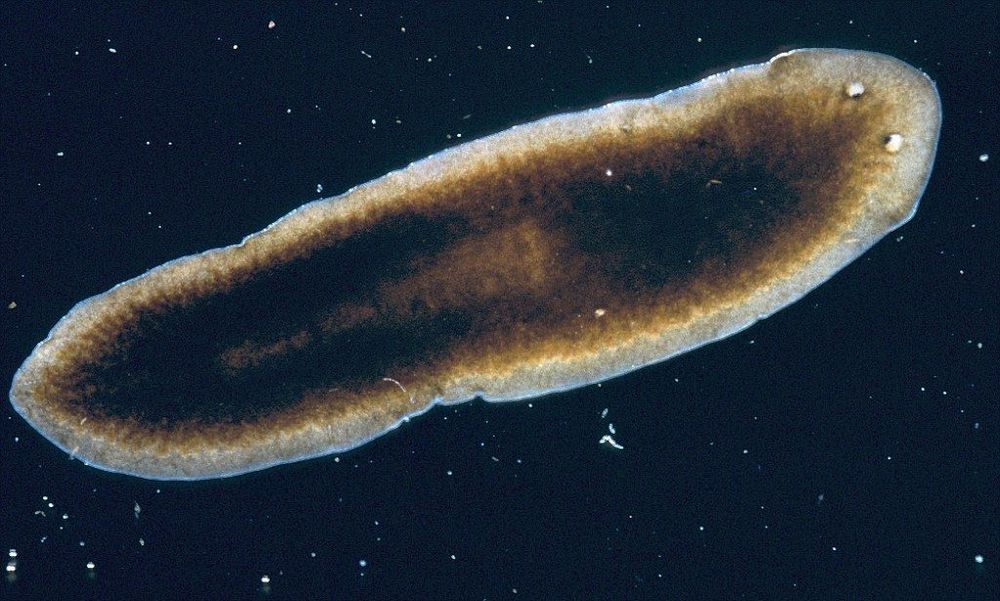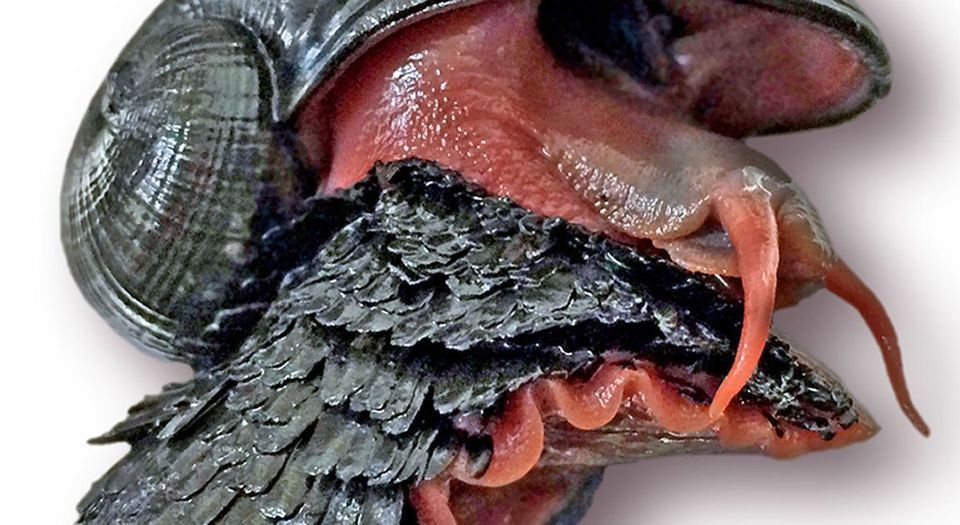Page 7546
May 9, 2020
The Pentagon’s Flying Aircraft Carriers Are Launching Recoverable Gremlin Drones
Posted by Quinn Sena in categories: drones, military
May 9, 2020
Where you can see the new Starlink satellites in the sky tonight
Posted by Genevieve Klien in category: satellites
If you missed the previous set, you’ll be able to view more satellites in the sky over the weekend.
May 9, 2020
Two more children die of rare illness linked to coronavirus: Cuomo
Posted by Fyodor Rouge in category: biotech/medical
The toddlers who died were being treated for symptoms similar to Kawasaki disease, a mysterious and rare ailment, but have now tested positive for COVID-19.
May 9, 2020
The Hallmarks of Aging: Mitochondrial dysfunction | LifeXtenShow
Posted by Paul Battista in categories: biotech/medical, life extension

Your cells teem with small machinery and devices of all kinds, including teeny tiny batteries called mitochondria. Just like real batteries, they can malfunction, but replacing them isn’t that easy. In this episode, Veera explains what happens to our microbatteries with aging and what we can do about it.
May 9, 2020
Scientists ‘freeze’ light for an entire minute
Posted by Quinn Sena in categories: innovation, quantum physics
Circa 2013
In what could prove to be a major breakthrough in quantum memory storage and information processing, German researchers have frozen the fastest thing in the universe: light. And they did so for a record-breaking one minute.
May 9, 2020
Breakthrough COVID-19 treatment developed by UAE stem cell center with promising initial results
Posted by Lon Anderson in categories: biotech/medical, economics
The new coronavirus invades the body through a spike protein that lives on the surface of virus cells. The S protein, as it’s called, binds to a receptor called angiotensin-converting enzyme 2 (ACE2) on a healthy cell’s surface. Once attached, the cells fuse and the virus is able to infect the healthy cell.
ACE2 receptors are present on cells in many places throughout the body, and especially in the lungs. Cells in the lungs are also some of the first to encounter the virus, since the primary form of transmission is thought to be breathing in droplets after an infected person has coughed or sneezed.
That’s why it was necessary to upgrade Stem Cell Neurotherapy for COVID-19 by adding T-Cells, B-Cells, and Natural Killer Cells to the arsenal. It was not enough to just regenerate new lung cells to replace the lung cells infected by COVID-19, but the COVID-19 Virus Cells had to be attacked and destroyed in order to prevent them from invading and infecting the newly regenerated lung cells.
May 9, 2020
You CAN live forever… as long as you are a flatworm, say scientists
Posted by Quinn Sena in category: life extension
Circa 2012
Forget expensive lotions and potions – the key to becoming immortal could be found in flatworms, scientists say.
The worms, which live in lakes and ponds, hold the remarkable ability to regenerate time and time again – effectively living forever.
Continue reading “You CAN live forever… as long as you are a flatworm, say scientists” »
May 9, 2020
Regeneron ISEF Goes Virtual in 2020
Posted by Omuterema Akhahenda in category: engineering

Virtual #RegeneronISEF brings together the science and engineering community for a celebration of STEM in a free online event featuring top scientists and influential entrepreneurs. Register today!
May 9, 2020
Mystery of snails with iron shells that survive inside white-hot volcanoes
Posted by Quinn Sena in category: biotech/medical
A team at the Hong Kong University of Science and Technology has decoded the genome of the volcano-dwelling scaly-foot snail, which can live in remarkably hot temperatures.
















